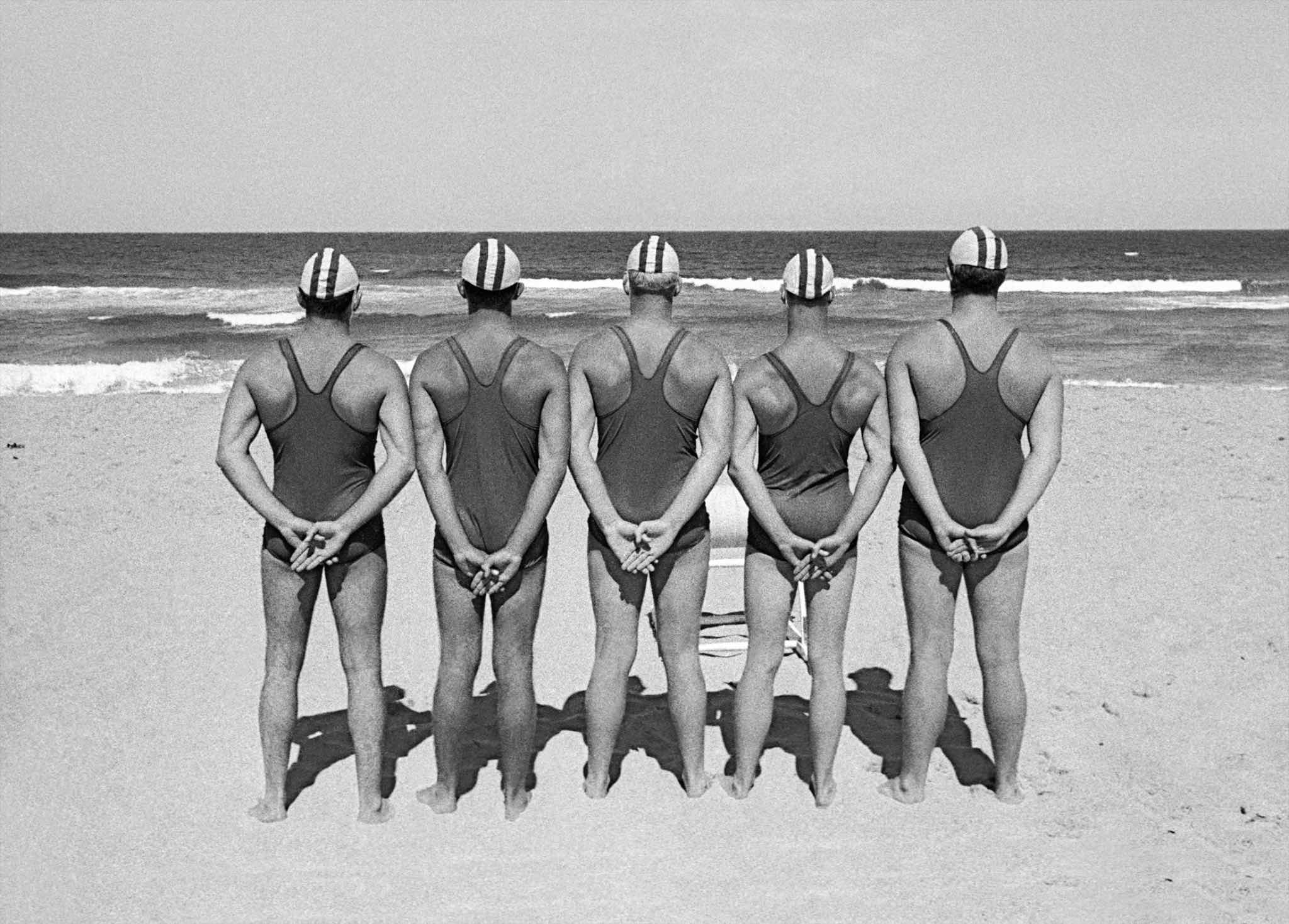HORVATLAND - THE '60s - PHOTOJOURNALISM - WORLD TRIP - SYDNEYGO TO HOME
1963, from Time machine
About Australia and Australians, my ideas were vague: I knew that their summer corresponds to our winter, I imagined their architecture to be even more modern than in America, I had read that men outnumber women and that, when they wish to marry, they look at ads in German newspapers. I knew the names of some tennis champions, I had heard that the beaches were shark-infested, and I shared the widely held view that Australia would be the best place to avoid the fall-out of a nuclear war. My first surprise came on seeing the same rows of little Victorian houses, as in English suburbs. The small hotel where I’m staying is also very British, with its wallpaper and fake fireplace, where a light bulb covered in red plastic does service for a flame. In the hallway I come across old ladies in flowery print dresses, as in a South Kensington B&B. The hoardings read ‘Players, ‘Guinness’, and ‘Woolworth’, as on Oxford Street or in Brighton. From a distance, I can make out a few downtown skyscrapers, but they don’t set the style of the city. So here at their antipodes, the British found a land as green as their own, that could be grazed by the same sheep, that is subject to the same unpredictable weather, with the same wet winters and the same muggy summers. And here they built the same interminable suburbs, designed to give each family its very own redbrick home with its little garden full of roses. Except that Australians don’t have time to grow roses. Nor to chase after money, like Americans. Five working days a week strike them as excessive, and they have managed to reduce them to four, from Monday afternoon to Friday morning. They have no time for politics, which they hardly ever discuss, and still less for culture. I don’t know if they keep any time for love, but they don’t show it in public. If you listen to them, you would think that the only way to pass time without wasting it is to spend it at the beach. And when you see the beaches of Sydney, you understand. The city gives onto the sea on every side and has a network of fjords and peninsulas, linked by gigantic metal bridges and ferryboats. The most impressive are the ones facing the Pacific. There are about 30 of them, each with its own amusement park, its club and its team of volunteer lifeguards. Each is a community in its own right, inhabited by a particular social group. Part of their charm is the way one leads onto the next, suddenly opening up between two rocky promontories, encircled by forests of eucalyptus and curly-needled pine trees, very different from our own. The beauty of the landscape finds an echo in the athletic bodies of the bathers – both men and women – who are ostensibly determined to perfect these gifts of nature by daily body-building. Except that their physical attractiveness doesn’t seem to induce them to take much interest in each other, which strikes the visitor as bizarre.


1963, Sidney, Australia, five life savers, from the back (a)

1963, Sidney, Australia, five life savers, from the back (a)
